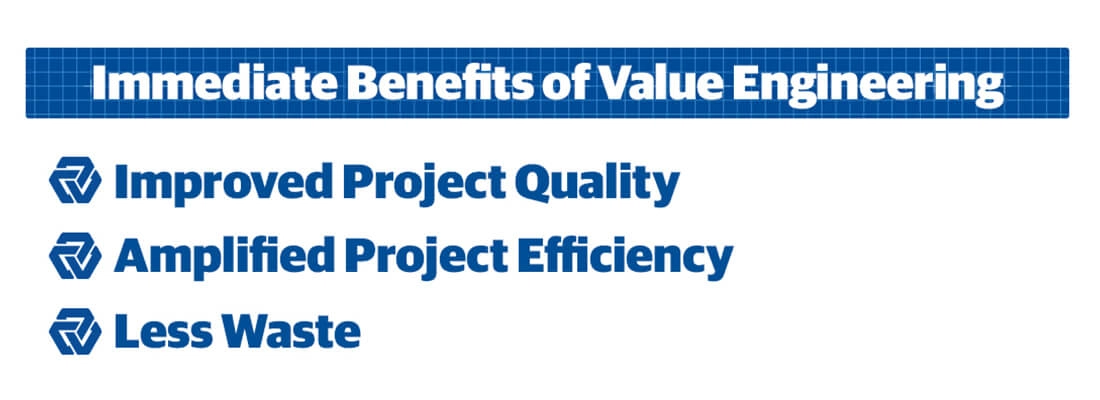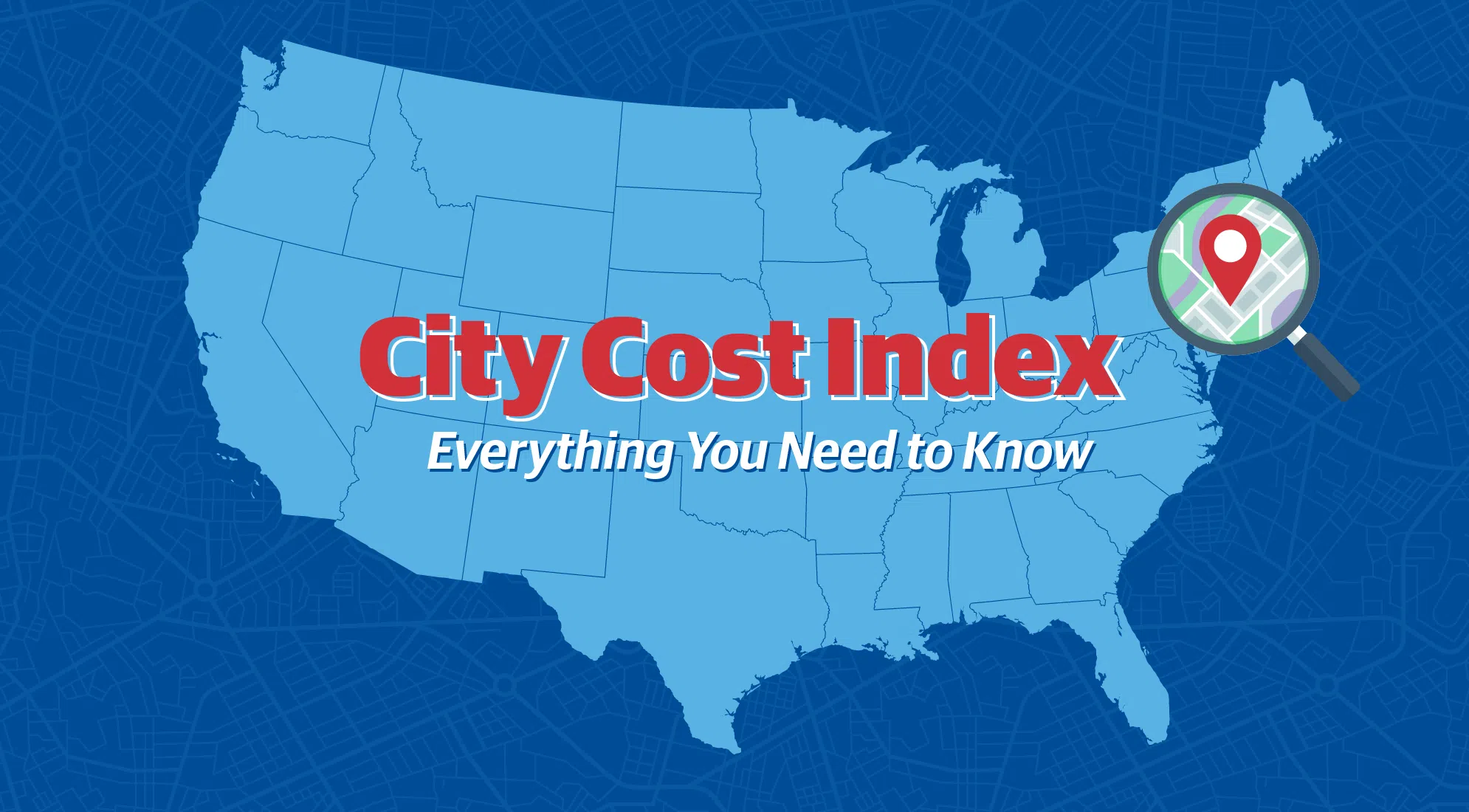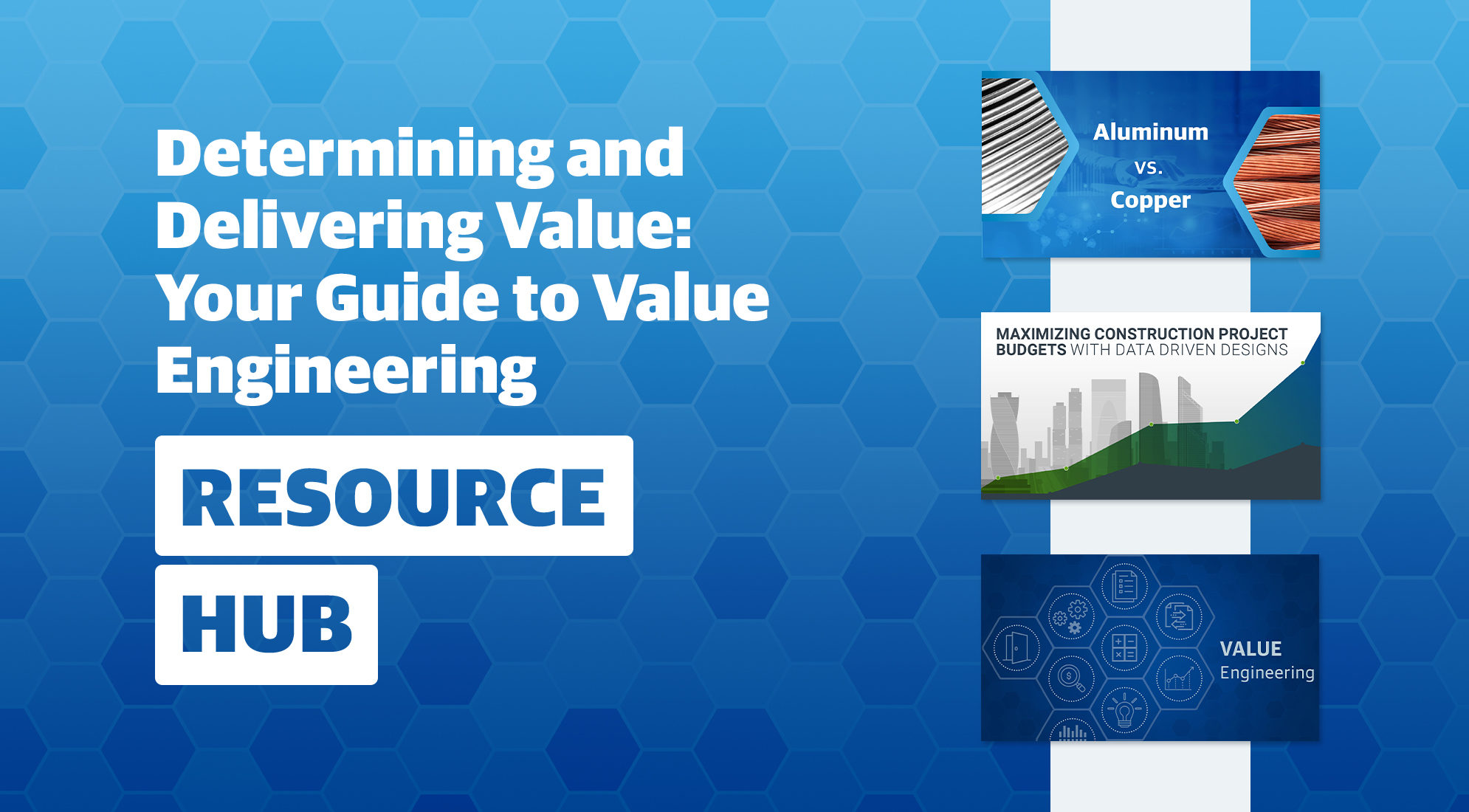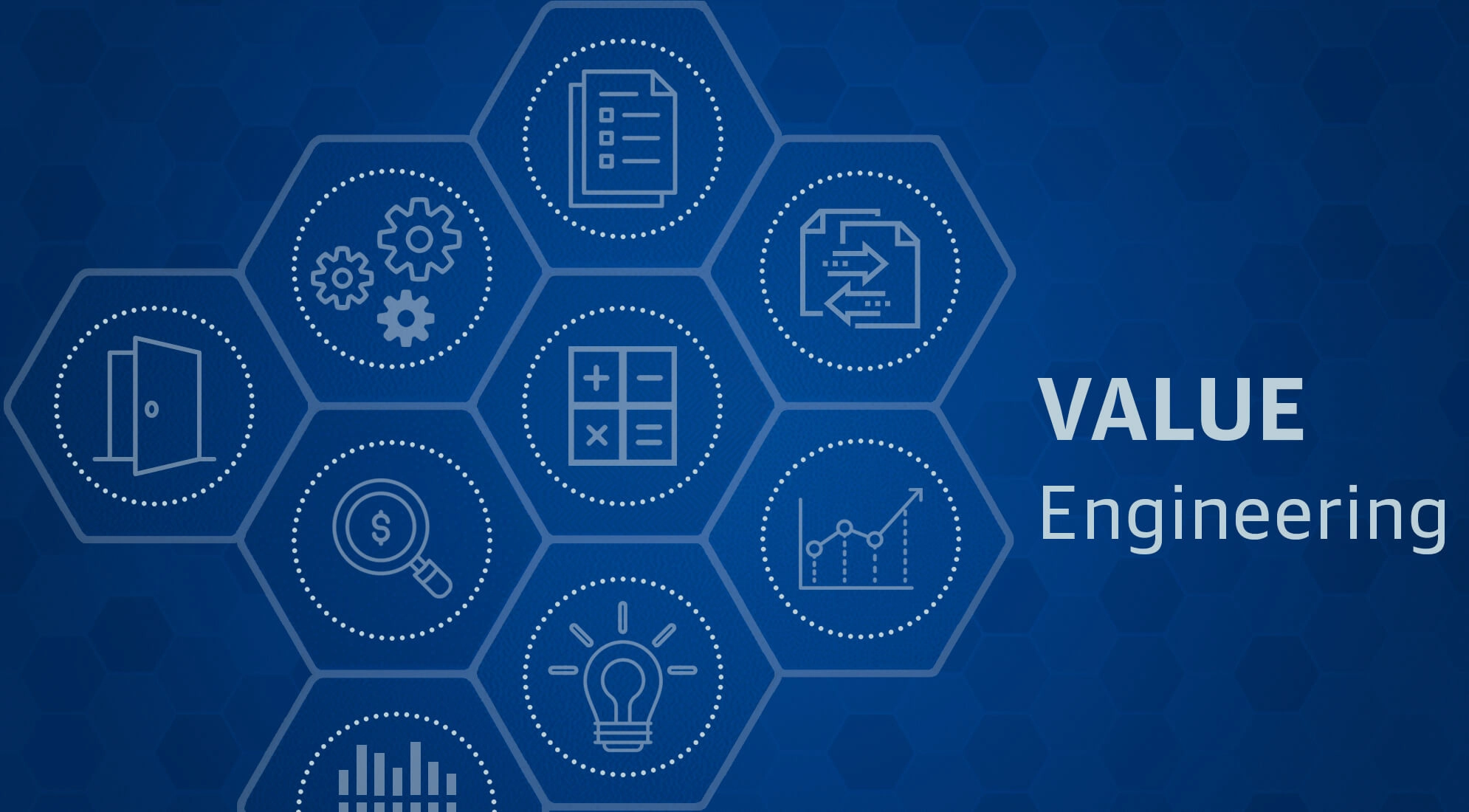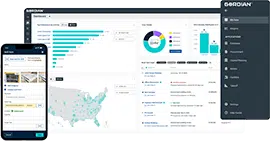Money Isn’t Everything: Other Benefits of Value Engineering
When people think about the benefits of value engineering, the first thing that comes to mind is money. This association makes perfect sense. After all, value engineering is a proven, step-by-step method for maximizing function at the lowest possible cost. But any architect, estimator or design professional will tell you that the benefits of value engineering go well beyond saving money. Some of these benefits are immediate and others are long-term, but they provide good reasons for project teams to engage in the value engineering process absent any discussion of money.
Immediate Benefits of Value Engineering
Improved Project Quality
Value engineering aims to preserve project quality. That’s a worthwhile goal in its own right. But oftentimes, value engineering can enhance project quality. There are two ways this may happen. The first is straightforward.
The value engineering process requires evaluating materials, systems and methods and comparing their relative merits. The team may find that one alternative performs better than another, even at a lower cost. Such a change would be a no-brainer.
The second way value engineering can improve project quality is a little conceptual, so bear with us. Money saved by choosing a less expensive but similarly-functioning material may be rerouted to other high-value areas that enhance the quality of the final product. If a team can save a few thousand in interior finishes, for instance, the owner may elect to invest that capital in a better HVAC system.
In this case, the owner is not saving money. But their budget is being used strategically and the design is being improved in the process.
Amplified Project Efficiency
The value engineering process is characterized by two things: information gathering and collaboration. When a project team communicates frequently about construction materials, schedules, drawings, specs and costs, the project plan comes into sharper focus.
By the time the team has reviewed and discussed documentation, analyzed design functions, developed and evaluated alternatives and the costs therein to determine a path forward, everyone knows exactly what step comes next.
With everyone on the same page from the onset, the project can move with maximum efficiency. That means fewer delays. That means avoiding the costs and headaches brought on by change orders. That means good construction work is done faster. And it all stems from fealty to the value engineering process.
Less Waste
Construction projects often come with waste baked in. Subcontractors are hired when on-site general contractors have the skills to do the work. Plans include design elements that go beyond the intended function of the project. Extra materials are ordered just in case. These are all common wasteful practices.
One of the benefits of value engineering is that it trims the fat from any project. On-site teams are used to their full potential. Extemporaneous designs are scrutinized and often discarded. No extra construction material is ordered for the sake of having more on hand. Value engineering forces projects to run lean.
If you’re thinking that cutting waste will likely reduce costs, you’re right. But it will also save time in unnecessary work and hiring redundancies to keep the project moving toward completion.
Long-Term Benefits of Value Engineering
Better Professional Relationships
Value engineering teams are tight knit. They email, text and talk about their projects often. They share details and bounce ideas off each other. They are in constant contact.
One of the benefits of value engineering for design professionals is they build relationships with one another, contractors, subcontractors and owner’s representatives. Such relationships can help them expand their businesses and generally make their work more enjoyable.
There are tools that power collaboration between parties and fortify these relationships. Flexible Work Breakdown Structures in Gordian’s RSMeans Data Online help users organize estimates in any manner they use. Plus, RSMeans Data Online offers shared folders to maximize the output of the team and group-level permissions to ensure organizational control.
These features, combined with the industry-standard construction costs found in RSMeans data, keep the value engineering team on the same page and working smoothly.
Community Enhancement
Better building designs don’t only benefit the project owner, they improve the quality of life for the people who use them and the broader community. The ripple effects of a first-class, high-value construction project may extend across decades. One project can be the catalyst for neighborhood revitalization and meaningful life change. Through value engineering, design professionals can make a difference that outlives them.
Benefits of Value Engineering Go Well Beyond Cutting Costs
The intended outcomes of value engineering are lower costs and higher quality. Those are the goals for any project team. However, there are other benefits to value engineering that are worth pursuing.


